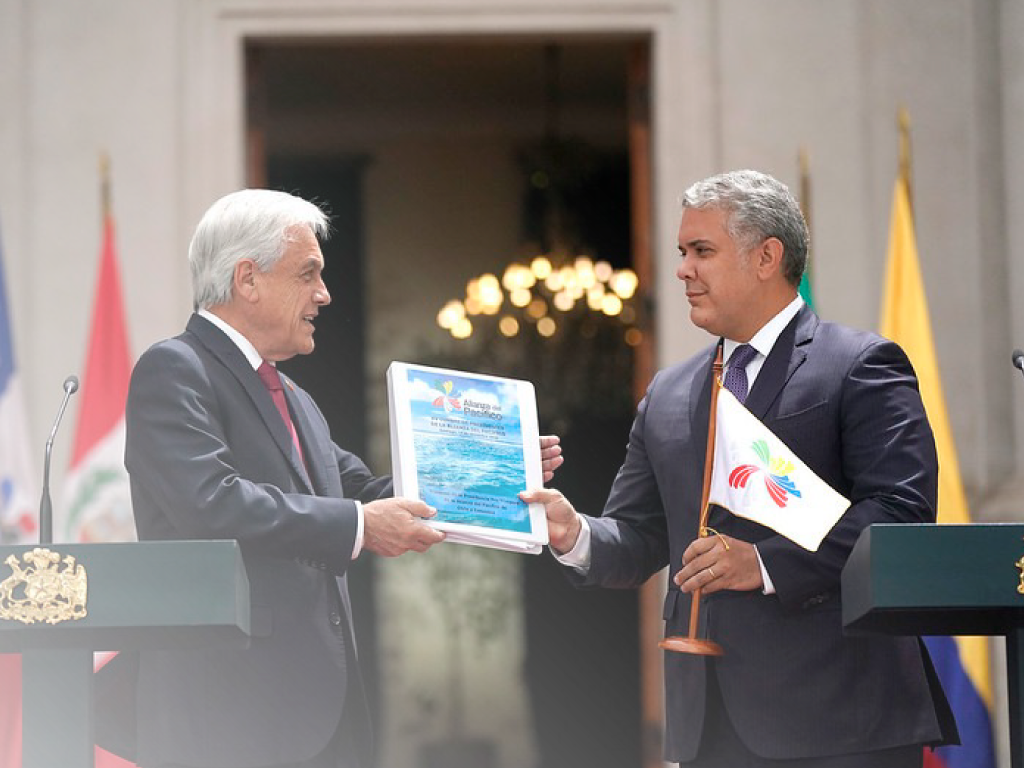Relevant VAT criteria
Civil compensation is not a form of payment of VAT.
A few months ago, in March 2023, in resolving contradiction of criteria 413/2022, the Second Chamber of the Supreme Court of Justice of the Nation (Listado de Comunicados (scjn.gob.mx)) ruled that from the interpretation of articles 1, 1-B, 5, 17 and 18 of the Value Added Tax Law (LIVA), the compensation, applicable in civil matters, is not a form of payment of the value added tax (VAT), nor does it give rise to a request for a refund of the balance in favor or crediting of the tax; since the compensation only determines when the VAT obligation arises, but does not generate its crediting, since in order to do so the VAT must have been effectively paid to the tax authorities.
Likewise, it was determined that, in accordance with the provisions of the tax laws, offsetting only occurs in the relations between taxpayers and the tax authority, not between the former and the latter, since article 2192, section VIII, of the Federal Civil Code, establishes that the offsetting of tax debts does not proceed. Therefore, the civil compensation is a way to determine the moment in which the consideration for the services rendered and for which the obligation to pay the tax is understood to have been effectively collected, but it does not serve to pay the tax. In this sense, it should not be held or considered that the civil compensation is a form of payment of VAT, since this would be equivalent to confusing the moment in which the obligation to pay the tax arises, with the extinction or conclusion of that same obligation. That is to say, it is equivalent to leaving it to the will of the individuals who render independent services to extinguish the obligation to pay VAT by means of civil compensation, which, as previously mentioned, is prohibited by the Federal Civil Code.
In this sense, it was resolved that the jurisprudence criterion that should prevail is thesis number 2a./J. 19/2023 (11a.), under the heading "VALUE ADDED TAX. THE CIVIL OFFSET IS NOT A MEANS FOR ITS PAYMENT NOR CAN IT GIVE RISE TO A CLAIM FOR BALANCE IN FAVOR OR CREDITING (LEGISLATION IN FORCE FOR THE 2019 AND 2020 FISCAL YEARS)", published on Friday, May 12, 2023 in the Semanario Judicial de la Federación and, consequently, it is considered of mandatory application as of Monday, May 15, 2023. Detail - Tesis - 2026404 (scjn.gob.mx), for all jurisdictional bodies in matters or controversies on this subject.
From the criterion in question, it is understood that the court considers that the primary or main debt is the civil debt and that the tax is a tax debt, which is not covered by the offset, so that the individual must pay the tax to the tax authorities, without taking into account the transfer of the tax and, if applicable, the debtor owes its creditor a global or total debt that includes the tax; However, as mentioned above, the jurisprudence already exists and is mandatory, so it is important to take it into account and, if applicable, avoid offsetting transactions that credit or transfer VAT, since it is understood that the jurisprudence can be invoked and is applicable, the tax authority will be able to reject the refunds granted in which verification powers have not been exercised, in addition to making observations of the creditable VAT determined in the monthly payments, and even if it were to deny the creditable VAT, it would also intend to reject ISR deductions related to such VAT.
No VAT crediting in the capitalization of liabilities
Likewise, on May 12, 2023, the Tenth Collegiate Court in Administrative Matters of the First Circuit published in the Judicial Weekly of the Federation an isolated thesis, in which it was determined that, in order for the crediting and refund of the VAT credit balance, the tax must be paid in cash, bank transfer or check, which is also complied with when the tax is declared and filed with the tax authority, without authorizing the payment of the tax through the capitalization of liabilities or debts, through the issuance of shares, since this is not authorized by article 1-B of the LIVA. In this sense, if the tax is intended to be covered through the issuance of shares, it does not comply with the requirements to consider it as effectively paid and, therefore, the refund of the tax credit balance that may be generated or its crediting is not applicable. Thesis: I.10o.A.21 A (11a.) (scjn.gob.mx)
In this regard, it is necessary to take into account that the cited criterion is an isolated thesis and not jurisprudence, therefore, although it is true that it is not a mandatory criterion, it is also true that it guides the jurisdictional bodies in the matters or controversies on the subject and they may apply them, as long as there are no criteria to the contrary that are mandatory.

















